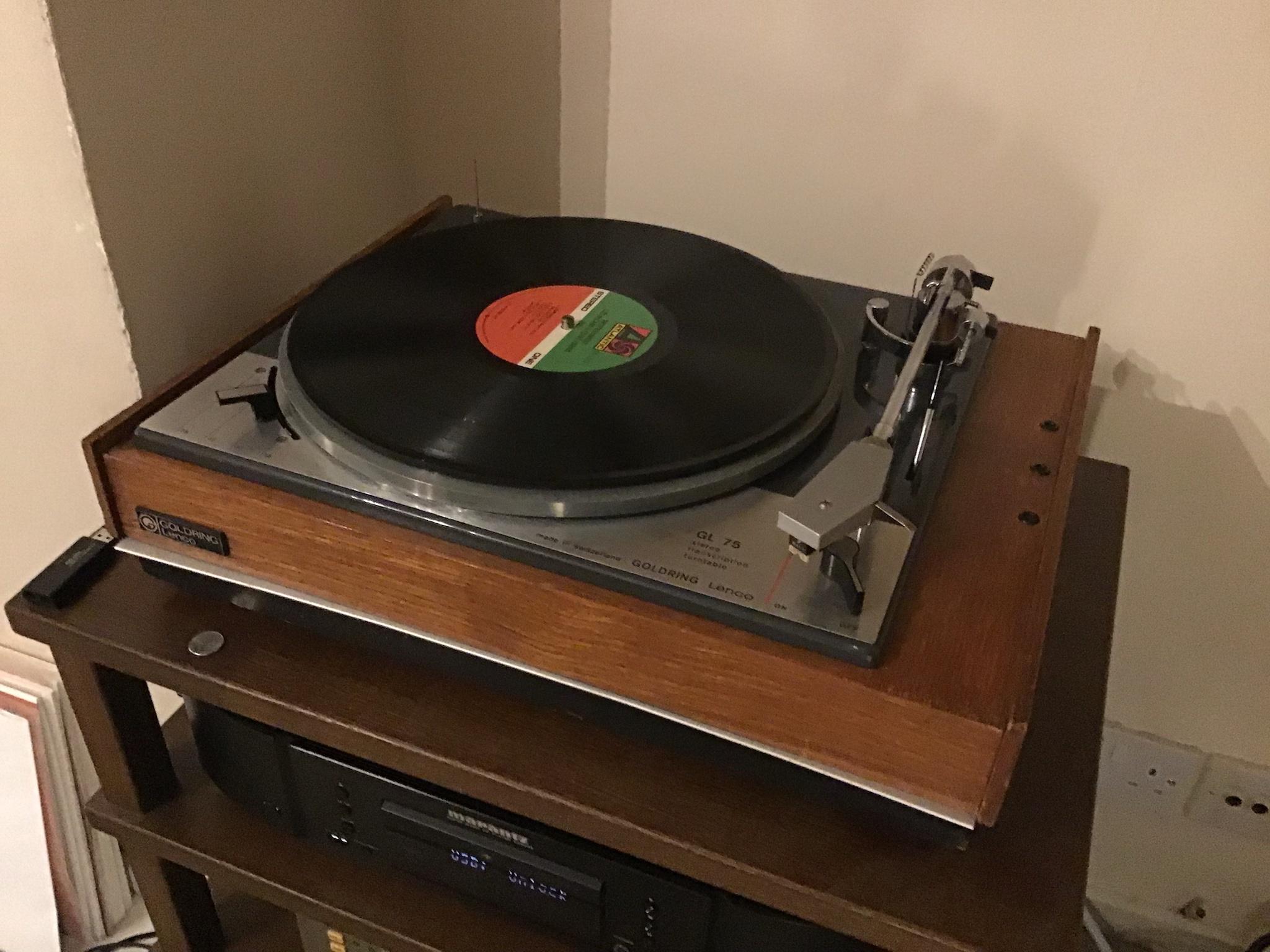MJS
Technical Tinkerer
I have the original sprung plinth. I suppose I could just screw the base to it without the springs and put something heavy in the bottom. The cats don't need to crap much do they? I wonder if clumping cat litter and water/PVA mixture works like ballast on model railways does 
I presume the perceived wisdom with these is, make it massive (weighty). That improves damping of vibrations in the TT. I then imagine that amount of mass is hard to move quickly (Newton: Force = mass x acceleration), so can be decoupled from the environment with further mass below like marble boards then squash balls or inner tubes underneath that. This then reduces the impact of footfall on them. Am I on the right lines here? Amusingly I also have a set of stainless wire eggcups on order from eBay after seeing them used as springs.
I presume the perceived wisdom with these is, make it massive (weighty). That improves damping of vibrations in the TT. I then imagine that amount of mass is hard to move quickly (Newton: Force = mass x acceleration), so can be decoupled from the environment with further mass below like marble boards then squash balls or inner tubes underneath that. This then reduces the impact of footfall on them. Am I on the right lines here? Amusingly I also have a set of stainless wire eggcups on order from eBay after seeing them used as springs.


 2100458098
2100458098 Untitled
Untitled Untitled
Untitled DSCN1569
DSCN1569